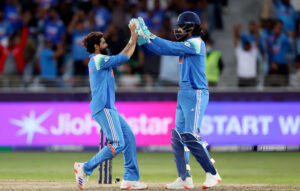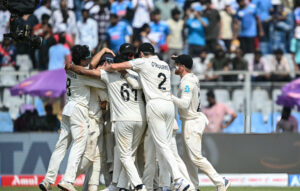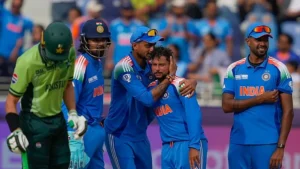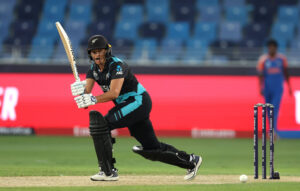Strategies for Maximizing Powerplay Overs in Cricket
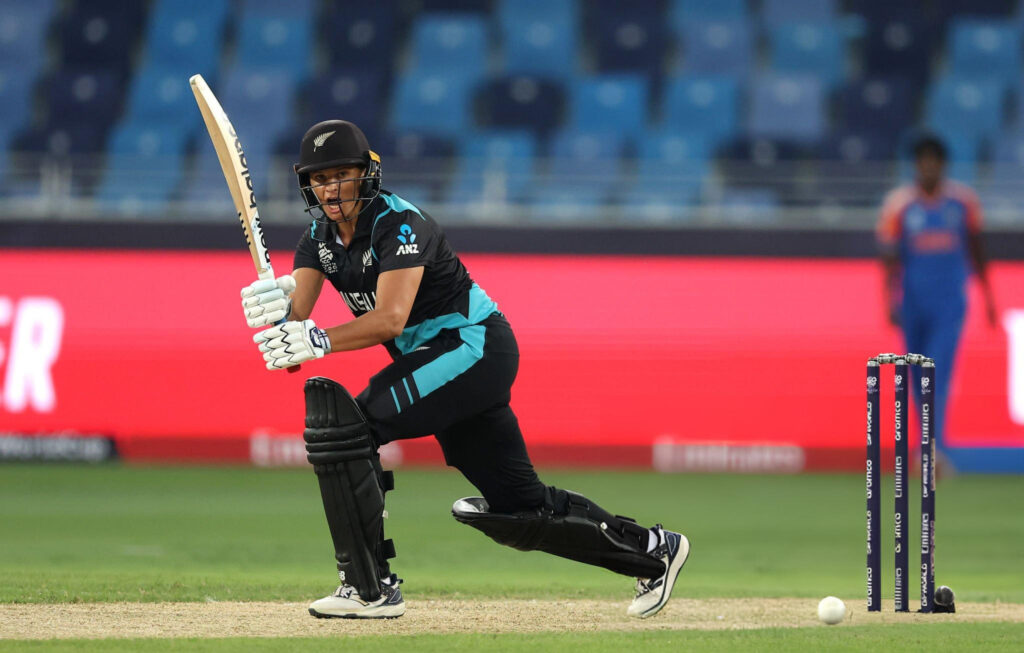
In modern cricket, the powerplay overs—the first six overs of a limited-overs match—can define the outcome of a game. With fielding restrictions in place, only two fielders allowed outside the 30-yard circle, teams have a golden opportunity to score big runs while building momentum. Maximizing these overs requires skill, strategy, and smart planning, making them a critical focus for both captains and batsmen.
In this blog, we explore the best strategies to maximize powerplay overs, with insights from professional cricket and the Indian Premier League (IPL).
1. Understanding the Powerplay
Before diving into strategies, it’s important to know what makes powerplay overs unique:
- Duration: The first six overs of an innings.
- Fielding Restrictions: Only two fielders are allowed outside the circle.
- Opportunities: Batsmen can target gaps, rotate strike, and maintain a high run rate.
Teams that capitalize on these overs gain a psychological and tactical advantage, often setting up match-winning totals.
2. Selecting the Right Opening Pair
A successful powerplay strategy starts with choosing the right opening batsmen:
- Complementary Skills: Pair an aggressor with a stabilizer. The aggressor attacks from ball one, while the stabilizer anchors the innings.
- Experience & Temperament: Experienced players can read bowlers, exploit gaps, and rotate strike efficiently.
- Left-Right Combinations: Mixing a left-right pair can disrupt the bowler’s rhythm, making it difficult to maintain a consistent line and length.
For example, Virat Kohli & AB de Villiers (RCB) and David Warner & Jonny Bairstow (SRH) have consistently set record powerplay partnerships in the IPL due to their strategic pairing.
3. Aggressive Shot Selection
Maximizing runs in the powerplay requires smart aggression:
- Target Gaps: Use the fielding restrictions to play along the ground and through the air into open areas.
- Boundary Shots: Utilize innovative shots like sweeps, ramps, and reverse sweeps to punish loose deliveries.
- Rotate Strike: Even while attacking, take singles to maintain momentum and prevent dot-ball pressure.
Aggression must be calculated, ensuring risk is balanced with reward. Overly reckless shots can lead to early wickets and derail the innings.
4. Running Between the Wickets
Quick and smart running between the wickets is often overlooked but crucial:
- Push for Singles: Convert risky deliveries into runs by sharp calling and alertness.
- Convert Doubles: Make the most of overthrows and misfields to maximize runs.
- Communication: Constant coordination between batsmen ensures efficient running and minimal mistakes.
High-intensity running during powerplay keeps the scoreboard ticking and maintains pressure on the opposition.
5. Exploiting Bowler Weaknesses
Understanding and targeting opposition bowlers is a key powerplay tactic:
- Analyze Line & Length: Identify bowlers struggling with consistency and attack those areas.
- Attack New Bowlers: Openers can capitalize on inexperienced bowlers or those with predictable deliveries.
- Rotate Strike Against Skilled Bowlers: Preserve wickets while building partnerships, ensuring the team does not lose momentum.
Teams often use data analytics and match intelligence to plan which bowlers to target during powerplay overs.
6. Using Technology and Analytics
Modern cricket leverages data and technology to maximize powerplay efficiency:
- Pitch Analysis: Understand bounce, seam movement, and pace variations to select attacking shots.
- Bowler Patterns: Study past performances to anticipate deliveries and field placements.
- Live Metrics: Use real-time data during matches to adjust strategies for maximum runs.
Analytics help players make informed decisions rather than relying on instinct alone.
7. Fielding Adaptation and Risk Management
While batting is the focus, teams must also adapt fielding tactics during powerplay:
- Anticipate Aggression: Bowlers can use slower balls or yorkers to counter aggressive batsmen.
- Rotate Bowlers Strategically: Captains often place their best bowlers upfront to control scoring.
- Balance Risk: Avoid over-aggression in batting that could lead to early wickets.
A perfect powerplay strategy balances scoring fast with preserving wickets, ensuring momentum into the middle overs.
8. Training and Simulation
Teams now use cricket labs and practice simulations to prepare for powerplays:
- Net Sessions with Fielding Restrictions: Practice hitting gaps while minimizing risk.
- Scenario-Based Drills: Simulate high-pressure powerplay situations to train decision-making.
- Video Analysis: Review past games to understand successful strategies and mistakes.
Professional training ensures players execute powerplay strategies with precision during live matches.
9. Impact on Overall Match Strategy
Maximizing powerplay overs provides multiple advantages:
- High Run Rate: Sets the foundation for competitive totals in T20 and ODI matches.
- Psychological Edge: Puts bowlers under pressure and disrupts their rhythm.
- Momentum for Middle Overs: Strong starts allow middle-order batsmen to play more freely.
- Flexibility in Death Overs: Teams can accelerate scoring without the burden of early wickets.
Teams that consistently maximize powerplay overs increase their chances of winning matches and dominating tournaments.
Conclusion
The powerplay overs are the most decisive phase of modern limited-overs cricket. Maximizing these six overs requires a combination of smart partnerships, aggressive yet calculated batting, quick running, bowler analysis, and data-driven planning. Teams that implement these strategies effectively often dominate matches and create memorable performances in tournaments like the IPL.
From choosing the right openers to leveraging technology, modern cricket shows that powerplay success is both an art and a science. Aspiring players and teams can learn from these strategies to turn the initial overs into a platform for victory, proving that in cricket, every ball counts—especially in the powerplay.
